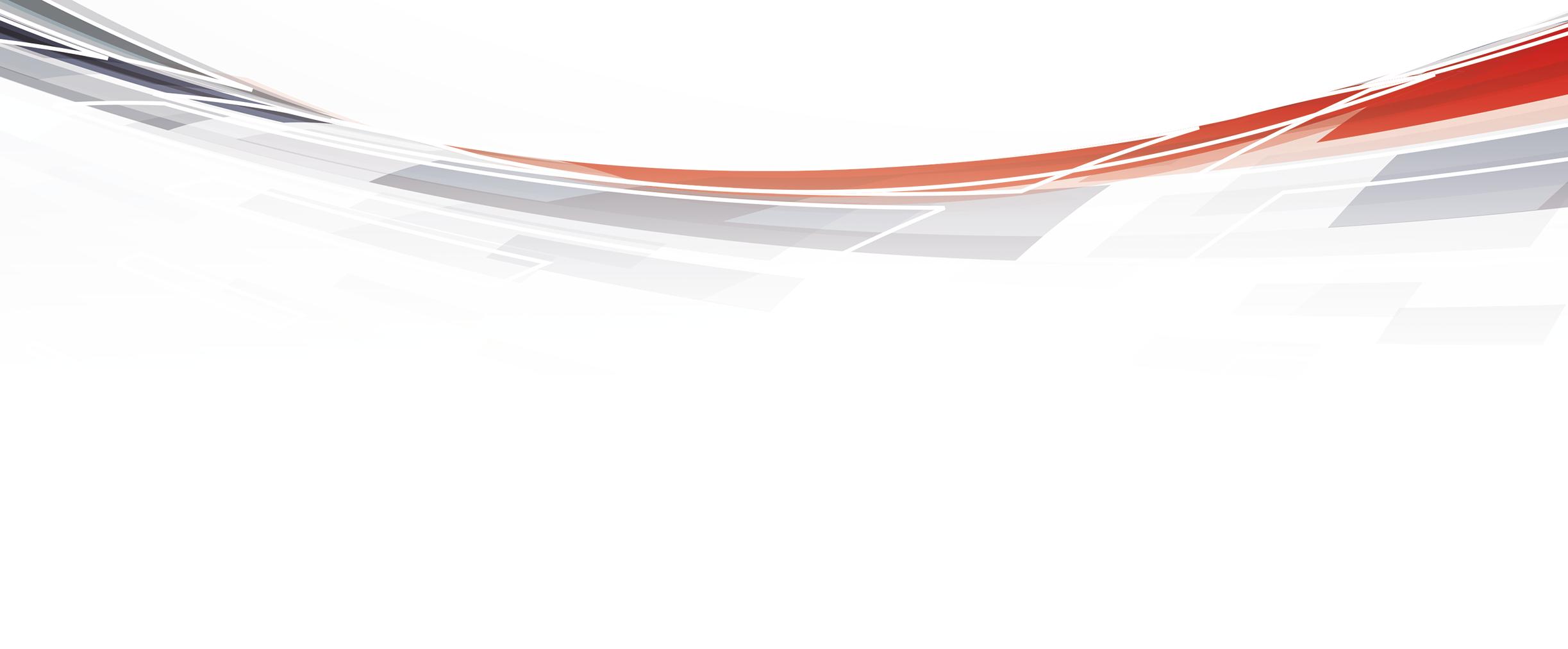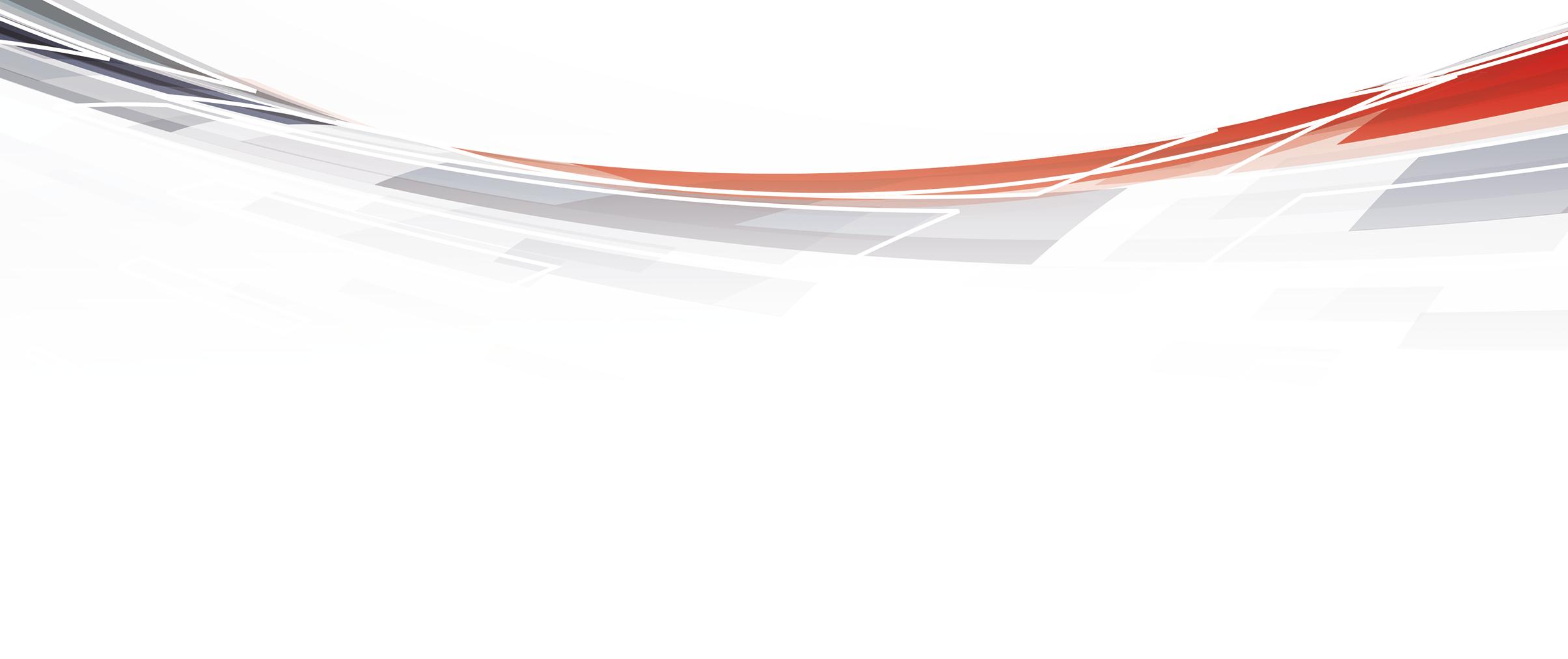
8 minute read
DIGITAL & INKJET
New Technology, Products, Software, & Services
DIGITAL & INKJET ON THE UPWARD CURVE AGAIN
A look at the industry during a pandemic drupa year
By Ralf Schlözer
Last year was tough for many and digital print felt the impact as well. But thanks to new product launches, digital print in commercial and document print should be on the upward curve again.
One year after the 2020
Technology Week is a good point in time to examine the status of digital print following the great disruptions the COVID-19 pandemic brought to the market.
From the onset of the pandemic there was a lot of debate about how the economy would recover after lockdown and severe business disruptions. What we have seen so far is a V-shaped or, in some cases, a reverse square root recovery.
The latter stands for an initial quick recovery after a deep cut, with the recovery stalling at a somewhat lower level than pre-pandemic. Commercial and document printing is a mix of both. Book printing volumes for example made up the losses during the lockdown. Direct mail, magazines rebounded, but still stand at a lower level.
A look at U.S. commercial printing shipment data shows that print shipments for the second half of 2020 trail those of 2019, being typically
half a billion U.S. dollars lower per month than in pre-COVID times. January 2021 continues in that vein. Production index data from Eurostat for Europe shows volumes, after an initial quick recovery, still about 10% below the pre-COVID average at the end of 2020. There are considerable differences among the countries, however.
Other sources show similar developments. Heidelberger Duckmaschinen presents a socalled “Print Media Climate Index,” based on print volumes produced on 6,000 Heidelberg sheetfed presses. The data is
gathered anonymously from connected presses, grouped for selected countries and compared to pre-COVID volumes. According to the latest set of data from December 2020, print volumes in the U.S. reached pre-COVID levels again, while volumes in Canada are already

ahead. Volumes in Europe, in contrast, are still below previous levels on average, although there are differences by country. According to the data, China already recovered in April, with volumes above the pre-pandemic levels. The data from Heidelberg might be a bit on the optimistic side, as packaging presses are included, and the more advanced presses and users tend to be the connected ones.
Contiweb collects similar data from connected web offset presses. After a decisive dip, volumes did recover until August/September. However, the recovery stalled with volumes remaining 10 to 15% below the pre-pandemic average. Interestingly, volumes in Europe tend to keep up slightly better than in Northern America. Within Europe, Eastern Europe tends to do better than the average, while Southern Europe is falling behind.
The discussion on recovery should not distract us, however, from the fundamental shifts in the printing industry. Until spring 2020, we were used to seeing steady trends in print, shifts in volumes, applications and technology. The pandemic brought industries to a standstill with a deep impact on production, supplies and investments. Even growth areas, like digital print, were affected.
It is certainly true that the pandemic accelerated some trends already simmering, and the strong rise in e-commerce is only one example. These trends do favor digital print, like: ● Short runs: Reducing risk in volatile times, more targeted production ● Just-in-time production: Minimizing stock and reacting quickly on market opportunities ● E-enablement: Digital workflows until the last moment ● Supply chain security: Automated production at local sites
Yet the slowdown in many applications did impact investments in 2020 - even in digital print. In their latest placements and forecast report, IT strategies registered a 29% decline in worldwide production cutsheet color placements in 2020. Continuous feed engine sales declined even by 31% in 2020 over 2019. This amounts to the steepest drop in color production placements seen so far. There are a few things to consider, however. The pandemic unfolded relatively early in 2020, therefore pretty much the whole year was affected. The market slowdown did not only affect orders planned for 2020, but also deliveries for presses ordered before the pandemic were impacted. This was partially due to restrictions in having presses installed around the globe and partially due to buyers wanting to postpone the installation due to the insecure times. Another factor impacted 2020 sales. Usually in the months before drupa sales slow, as potential buyers want to learn about new presses entering the market.
Having a close look at the IT Strategies numbers reveals some interesting trends. While cut-sheet toner sales declined considerably, cut-sheet inkjet sales increased in 2020.
Color toner production printing has been available for almost 30 years, and CF inkjet devices became widely available 15 years ago. In contrast, cutsheet inkjet is still a relatively young and dynamic market. The A3/B3 production inkjet printers especially lifted sales in 2020, a market which has seen several attractive launches in 2019 and early 2020. Xerox launched the Baltoro mid-2019 and Canon the VarioPrint iX early in 2020. RISO started selling the Valezus T2100 in 2019 and Kyocera entered the production inkjet market later that year by shipping the TASKalfa Pro 15000c.
It is likely that the new options attracted buyers seeing opportunities even in the pandemic or entering markets they were not able to address before. A recovering market, changing demand patterns and increasing choice in printing technology will drive future sales. IT Strategies is confident in seeing increasing placements again. While color toner placements are expected to recover by 2025, inkjet will drive the growth in cut-sheet

Read More… Find article at PrintingNews. com/21151122
New Technology, Products, Software, & Services

production presses in the next years. By 2025 inkjet will account for almost half of all cutsheet sales. The recovery in continuous feed inkjet is expected to be a bit more drawn out, and 2019 sales are expected to be reached again around 2023 or 2024. As many CF-sales, even at the lower 2020 level, still add to the installed base, print volumes are continuing to increase.
It was a good year for product launches – after all 2020 would have been a drupa year and traditionally many vendors target product developments to be shown at the fair for the first time. Neverthless, even without drupa, many vendors still decided to launch new products. The number of launches was a bit lower than expected as some vendors probably appreciated the extra time and not being pressured by an event to spend more time on product development. We certainly did see a lot less technology or concept announcements, which are a hallmark of drupa.
As expected, the focus of digital press launches in 2020 was on inkjet. Some interesting continuous feed inkjet printers targeted at commercial and document print were announced. HP with the PageWide Press T250HD, also sold by OEM-Partner BlueCrest as Intellijet 20 HD, improves on print quality and paper range. Canon upped the speed of the ProStream with the 1800 model by 66%, which should increase the potential volume bands of jobs. Kodak brought their UltraStream technology to their own line of commercial web-fed printers and launched the Prosper Ultra 520.
As mentioned before, several cut-sheet inkjet printers were launched in 2019 and early 2020. Those were complemented in 2020 by the BlueCrest EvoluJet and MCS Merlin K146, which are based on the Kyocera TASKalfa Pro 15000c. Konica Minolta upgraded their B2 inkjet press to the AccurioJet KM-1e. Xerox also introduced an upgrade to the Baltoro with the Color Accelerator. Ricoh offered a glimpse of the Pro Z75. We will surely get more detail on this new B2 inkjet press before long.
Toner printing is relatively mature, and developments are more incremental. Still some interesting technologies were launched in the last year to drive possible application ranges.
Xeikon launched the SX30000. The next generation of Xeikon’s dry toner technology, labelled as Sirius technology, is driving up the speed by 50% compared to the fastest previous model. This results in up to 404ppm or 2,545 B2 sheets/ hour (taking advantage of the 508 mm web width). The press is also able to keep the maximum speed across a much wider range of paper weights than previously: from 40 to 350 gsm.
HP launched new commercial models already early in 2020. The HP Indigo 100K is the first Series 5 press from HP Indigo.
Xerox did not exactly launch new devices but is increasing the addressable application range with new toner sets. Fluorescent pink for the Iridesse, fluorescent yellow for the iGen and adaptive CMYK+ kits for the Versant that include white, gold, silver, clear and fluorescents. This is supported by the Xerox “Genesis Initiative,” a set of tools, educational and business development instruments to promote and make easier use of special colors.
A lot more launches were targeted at label and packaging markets. However, those will be covered in a separate article.
Some vendors, usually with a major presence at drupa, kept their powder dry and did not announce major launches in 2020. We can expect more interesting announcements for 2021 than in any other post-drupa year. Have a close look at what is new or up-and-coming. In the post-pandemic world it is more critical than ever to take advantage of changed application demand and print buying patterns by taking advantage of the latest technology available. ●
Ralf Schlözer has over 20 years of experience in the Graphic Arts and Graphic System Manufacturing industries. He has extensive knowledge of traditional and direct imaging presses as well as non-impact printing technologies.










